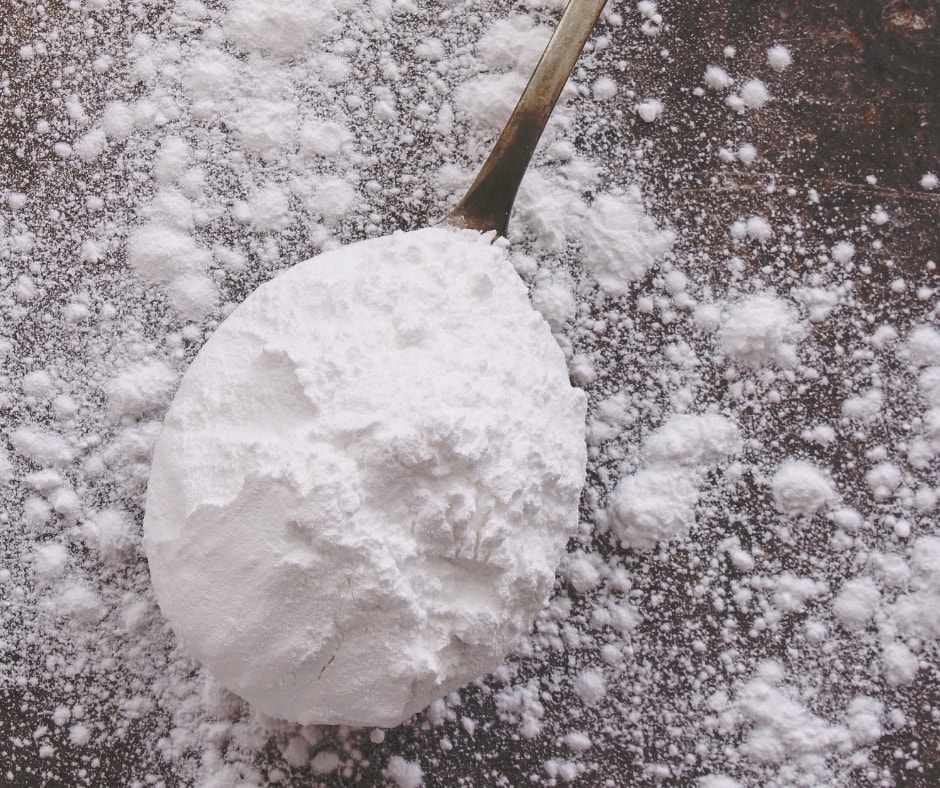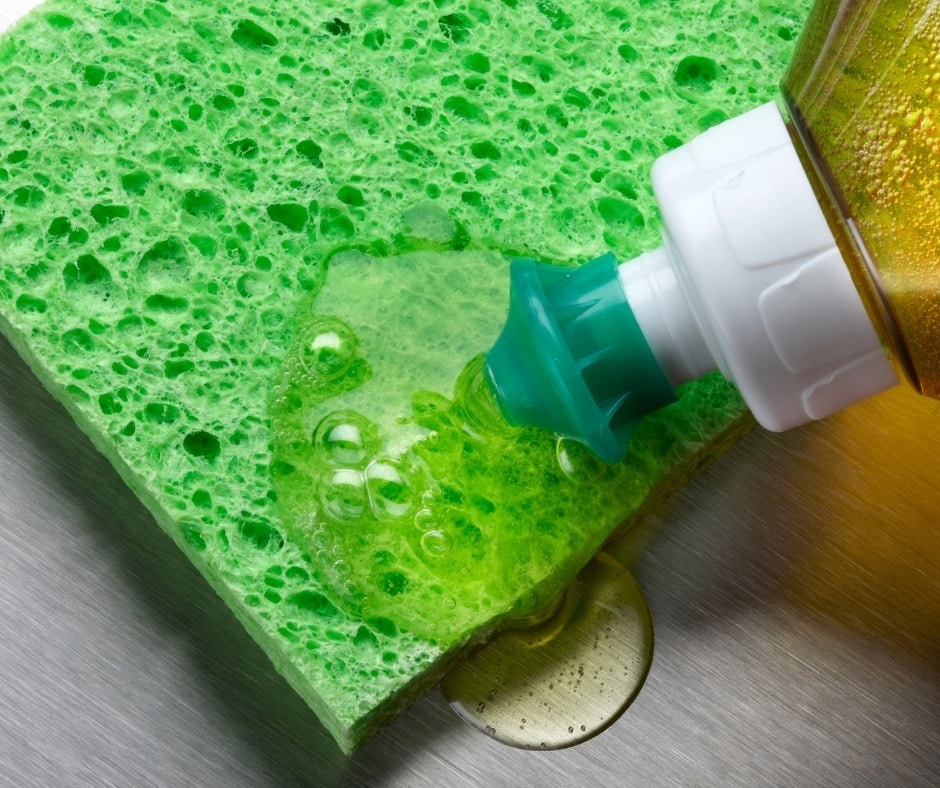Oil stains on your upholstery can come from lots of things: Body grease, food, lubricants are some of the most common. They all mean the same thing, an ugly problem that is hard to get remove.
That doesn’t mean they spell the death of whatever furniture has an oil stain on it. They are tough to get out, but not impossible.
We’ve collected a few things you can do for this article. Not all of them require investing in specialty cleaners. Some make use of things you have around the house.
How to get oil out of upholstery

There are lots of different things that can cause an oil stain, including certain foods and your own body. So, while the top tip to get a stain out is already prevention you’ll probably have to deal with an oil stain at some point.
When oil gets into your upholstery, you don’t necessarily need to pay out the nose for a professional cleaner or buy a cleaner designed to remove oil from the fabric. You should start trying to clean it up quickly.
It’s important to try to get to the stain as soon as possible. If it is allowed to dry, two things can happen. The first is that it might attract grit, dust, and dirt to make the stain worse. The second is that cleaning a dry stain is more difficult than a wet one.
If the stain is still damp, you might feel inclined to blot at it with a towel. Don’t do that. You might force the oil deeper into the fabric, making it harder to get up in the long run.
The right thing to do is to pull out the baking soda or cornstarch. That will absorb the liquid without cause it to spread further into the fabric. Be generous. The more you use to cover it, the more it will absorb.
After 20 minutes, vacuum up the baking soda. If you need to brush it off, do it with as little force as possible. The purpose of using baking soda is to lift the stain out. Brushing it might spread it.
If the stain is dried, you’ll need to loosen up the oil before cleaning it up. The best way to do that is with hot water. Don’t just dump a pan of boiling water on it, however. And, if the stain is part oil and part something else, use warm rather than hot.
Wet the stain with enough hot water to cover it and a little of the surrounding fabric. You don’t want to soak it, because when the oil releases from the fibers they are likely to sink into the padding underneath, or if the stain is on a vertical surface it might cause the oil to run down.
The best cleaning agent for oil stains is dish soap. There’s a good reason why they use it to clean up animals after oil spills. You’ll also need a brush to help the soap penetrate the upholstery fibers.
Usually, an old toothbrush is the best way to go. Their hairs are stiff enough to work the soap in while soft enough that they won’t damage the upholstery.
If your stain is large, however, you will want to try a larger brush. You’ll get the best results by pairing the stain-lifting qualities of hot water with the ability of dish soap to break up grease and oil. So, you’ll want a brush big enough to tackle the whole stain while it’s hot.
Use a few drops on top of the heated wet stain and start to gently brush in a clockwise direction. The heat from the water helps lift the oil from the fabric, and as the soap comes into contact with the oil, it’ll break it up and lift it away.
After you’ve worked the stain for a few minutes, you can wipe the combined soap and oil up with a clean rag by gently blotting at it. You can also sweep it up with a clean rag, moving it in a clockwise direction.
Repeat a couple of times until you’re sure the entire stain is cleaned up. Be aware that oil stains are sometimes hard to spot, especially on dark fabric. So, continue cleaning it if you aren’t sure that it’s all up.
Allow it to air dry completely before sitting on it. Don’t use a hairdryer to speed up the process, because that will allow any residual oil stain to set itself into the fabric, making it harder to clean if you try more drastic measures.
If you’ve tried a few times and the stain just isn’t coming out, you have a decision to make. Either you can move up to a cleaning project specifically designed to remove oil stains, or you’ll need to consider taking your furniture to a professional.
Conclusion

Among all the stains, those caused by oils are considered to be the most difficult to get out. They are persistent and tough.
As stressful as they can be, if you do the right things with the right materials, you can still get your upholstery clean. It doesn’t necessarily require investing in a pricey specialty cleaner, either. Some things you already have in your home.
We hope you found value in our guide about how to remove oil from upholstery. If you did or have a tip of your own, feel free to leave a comment down below. You can also share this on social media because everyone will want to know.

